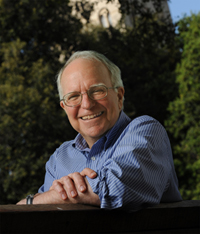

Research
BPEA | 2002 No. 1


2002, No. 1
In developed economies, production requires not only such traditional
factors as capital and labor but also skills, organizational structures and
processes, culture, and other factors collectively referred to as “intangible
assets.” Detailed investigation of some of these types of assets has found
that they are often large in magnitude and have important productivity
benefits. For example, Dale Jorgenson and Barbara Fraumeni found that
the stock of human capital in the U.S. economy dwarfs that of physical
capital and has grown over time.1 Bronwyn Hall, Zvi Griliches, and
Baruch Lev and Theodore Sougiannis found evidence that research and
development (R&D) assets bring benefits in the form of positive marginal
product and market valuation.2 Timothy Bresnahan, Brynjolfsson,
and Hitt have found that certain organizational practices, when combined
with investments in information technology (IT), were associated with
significant increases in productivity in the late 1980s and early 1990s.